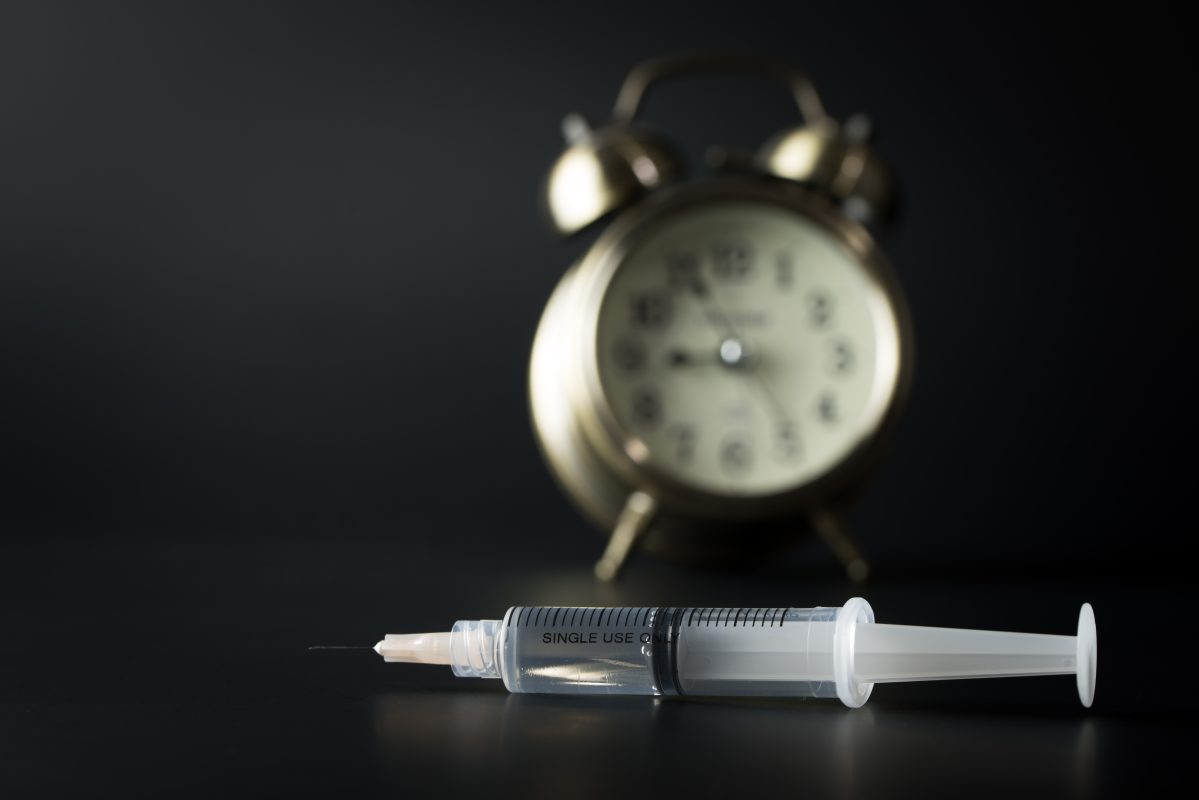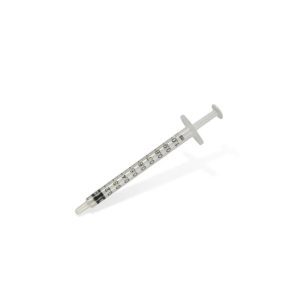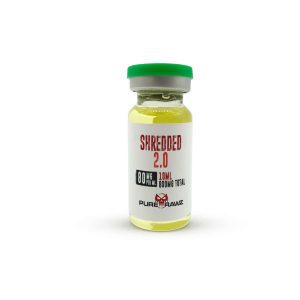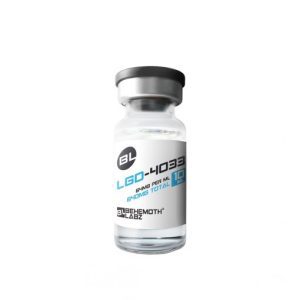Sarmscentral is a leading online retailer specializing in high-quality Selective Androgen Receptor Modulators (SARMs). Our mission is to provide athletes, bodybuilders, and fitness enthusiasts with the best possible products to help them achieve their goals.
- SARMS
- SERMS & PCT
About
View MoreSarmscentral is a leading online retailer specializing in high-quality Selective Androgen Receptor Modulators (SARMs). Our mission is to provide athletes, bodybuilders, and fitness enthusiasts with the best possible products to help them achieve their goals.
Latest Blog

- PROHORMONES
About
View MoreSarmscentral is a leading online retailer specializing in high-quality Selective Androgen Receptor Modulators (SARMs). Our mission is to provide athletes, bodybuilders, and fitness enthusiasts with the best possible products to help them achieve their goals.
Latest Blog

- AAS
About
View MoreSarmscentral is a leading online retailer specializing in high-quality Selective Androgen Receptor Modulators (SARMs). Our mission is to provide athletes, bodybuilders, and fitness enthusiasts with the best possible products to help them achieve their goals.
Latest Blog

- PEPTIDES
About
View MoreSarmscentral is a leading online retailer specializing in high-quality Selective Androgen Receptor Modulators (SARMs). Our mission is to provide athletes, bodybuilders, and fitness enthusiasts with the best possible products to help them achieve their goals.
Latest Blog

- NOOTROPIC
About
View MoreSarmscentral is a leading online retailer specializing in high-quality Selective Androgen Receptor Modulators (SARMs). Our mission is to provide athletes, bodybuilders, and fitness enthusiasts with the best possible products to help them achieve their goals.
Latest Blog
Nothing Found.
Apologies, but no results were found for the requested archive.

- OTHER COMPOUNDS
About
View MoreSarmscentral is a leading online retailer specializing in high-quality Selective Androgen Receptor Modulators (SARMs). Our mission is to provide athletes, bodybuilders, and fitness enthusiasts with the best possible products to help them achieve their goals.
OTHER COMPOUNDS
Latest Blog

Injection Frequency
The desire and tendency among athletes to use oral or injectable supplements, especially SARMS, to improve their performance while minimizing negative effects is constantly expanding. As a result, injectable SARMs and peptides are the subjects of ongoing studies to explore our desire to excel and our hunt for safer options. In this article, we will cover injectable supplements and the injection frequency of these compounds, which have completely overtaken the bodybuilding market.
The frequency of drug injection varies across individual users. Blood-borne pathogens, overdosing, and skin and soft tissue infections are all linked to more frequent injection frequency.
We are here to determine the frequency of injecting among PWID (people who inject drugs) and draw a comparison between the various benefits and risk behaviors of excessive v/s reduced injection frequency.
Introduction – Injection Frequency
Injectable drugs play a crucial role in modern healthcare, offering an effective and efficient method of delivering medications directly into the bloodstream. This method is often preferred when immediate and precise results are necessary.
However, injection frequency, especially in the context of SARMs, brings about various considerations regarding health outcomes, benefits, and risks.
The intended primary outcome of the prospective cohort study here is to understand the dynamics of injectable drugs, the frequency of injections, and the associated advantages and potential hazards.
Types of Injectable Drugs
Injectable drugs encompass a broad range of medications, including antibiotics, vaccines, hormones, and various therapeutic agents. Some injectables are administered intravenously (IV), intramuscularly (IM), or subcutaneously (SC), depending on the drug’s properties and the desired therapeutic effect.
For individuals who inject drugs recreationally or therapeutically, opioids, stimulants, and other illicit drugs are often injected.
Injection Frequency
The frequency at which injectable drugs are administered can vary widely based on the specific medication, the condition being treated, and the individual’s health status. For some medical conditions, daily injections may be necessary to maintain therapeutic levels in the body. In contrast, other medications may only require intermittent or infrequent injections.
In the context of SARMs, injection frequency can be a complex and multifaceted issue. Individuals may engage in frequent, repeated injections as part of substance use, potentially exposing themselves to various health risks.
On the other hand, patients undergoing medical treatments may need consistent injections, with healthcare providers carefully monitoring and adjusting the frequency based on therapeutic goals.
PWID and Injection Practices
People Who Inject Drugs (PWID) face unique challenges related to injection practices. The frequency of injections in this population is often dictated by the substance being used, the user’s tolerance, and the compulsive nature of substance dependence.
Frequent injections may lead to issues such as increased risk of infections, vein damage, and other systemic health problems.
Benefits of Controlled Injection Frequency
1. Therapeutic Efficacy:
In a medical context, controlled and regular injections of prescribed medications can ensure optimal therapeutic efficacy, helping manage chronic conditions or diseases. {R}
2. Disease Prevention:
For vaccines and prophylactic medications, adherence to recommended injection schedules can contribute to disease prevention on an individual and community level. {R}
3. Pain Management:
For individuals suffering from chronic pain, scheduled injections of analgesic medications can provide consistent pain relief and improve the quality of life. {R}
4. Benefits – Injectable Sarms
Though the primary administration method for Selective Androgen Receptor Modulators (SARMs) has been oral, injectable SARMs are the new growing trend in the athletic world.
The biggest benefit associated with controlled injection frequency of SARMs is the elimination of side effects, especially those related to liver toxicity. {R}
Risk Factors Associated with Varying Injection Frequency
1. Infection Risk:
Frequent injections, especially in the absence of proper hygiene practices, can increase the risk of infections. Contaminated needles, unsterile drug preparation, and shared equipment can contribute to the spread of bloodborne pathogens. {R}
2. Vein Damage:
Repeated injections into the same veins or using larger needles can lead to vein damage, scarring, and increased difficulty in finding suitable injection sites. {R}
3. Overdose Risk:
For SARMs, varying injection frequency is often associated with substance abuse. Irregular injection patterns can contribute to an increased risk of overdose, particularly if tolerance levels fluctuate. {R}
4. Psychosocial Impact:
Frequent injections, especially in the context of substance use, can have profound psychosocial effects, including social isolation, mental health issues, and strained relationships. {R}
5. Injection Frequency in Drug and Alcohol Use
Injection frequency in injection drug users, particularly in the context of drug and alcohol use, presents a complex and multifaceted challenge with significant implications for public health. {R}
Measures for public health and awareness
Education and Counseling:
Websites such as sarmscentral.org offer educational resources to raise awareness about safe injection practices and the risks associated with varying injection frequency.
We have various scientific publications on the intersection of Drug and Alcohol Use, Injection Frequency, and Harm Reduction services including:
Needle and Syringe Programs (NSPs):
Click to buy Sterile Syringes – RCD.Bio
NSPs provide a safe and supportive environment for individuals to access sterile needles and syringes, reducing the risk of infections and other complications.
Drug and Alcohol Review (DAR):
DAR is a scholarly journal that publishes research on various aspects of drug and alcohol use, including patterns of consumption, treatment interventions, and harm reduction strategies.
Researchers and healthcare professionals often turn to DAR (drug alcohol rev) for the latest insights into the intersection of substance use and health outcomes.
Drug-Alcohol Dependence:
Drug-alcohol dependence depends significantly on our understanding of injection frequency, the neurobiology of addiction, and potential interventions to address substance use disorders.
Scientific publications, such as Drug and Alcohol Review and Drug and Alcohol Dependence, serve as valuable and statistically significant resources for staying informed about the latest research and evidence-based strategies aimed at addressing the complex issues surrounding substance use and injection frequency.
Injectable SARMs and Injection Frequency
Shredded 2.0 Injectable (RAD-140 + S4 Andarine + S-23 + YK-11) – Pure Rawz
LGD-4033 Injectable – Behemoth Labz
SARMs differ from traditional performance-enhancing drugs (PEDs) in that they target very specific muscle-skeletal sites and androgen receptors. When SARMs are metabolized there are minimal unwanted effects on other tissues such as the heart or prostate.
At the very least, current medical research and clinical trials on SARMS indicate that SARMs are safer than most other PEDs available on the market.
Though the injection frequency in different SARMs varies according to their composition, as per recent studies, the administration at 125, 300, or 600 mg/week significantly increased muscle mass and strength equally in older and younger men. {R}
Conclusion
Understanding the dynamics of injectable SARMs, injection frequency, and the associated benefits and risks is essential for both healthcare professionals and individuals who inject drugs. In a medical context, adherence to prescribed injection schedules is crucial for therapeutic success, while for PWID, harm reduction strategies, education, and access to healthcare services can mitigate some of the associated risks.
Striking a balance between the therapeutic benefits and potential hazards of injectable drugs such as SARMs requires a comprehensive approach that considers both the medical and social aspects of injection practices.
Where to Buy Injectable Sarms?
PureRawz, Behemoth Labz, and RCD.Bio is some of the best sources to buy Injectable SARMs and supplements for sale.
We always consider sources that include reference materials and a Certificate of Analysis to prove the identification, purity, and concentration.











